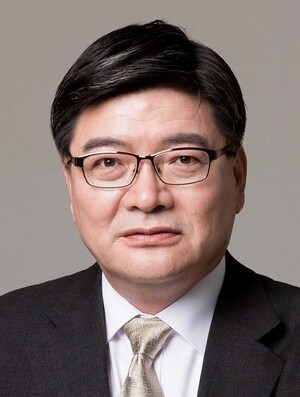 |
A night view of Seoul (Bloomberg) |
South Korea’s pension funds took positive returns in the first half of this year, as they managed to weather the impact of the novel coronavirus on financial markets across the globe, disclosures showed Monday.
The National Pension Service, Korea’s largest public pension fund with 752.2 trillion won ($635.5 billion) assets under management, posted a 0.5 percent return Friday as its stock losses were offset by fixed-income assets and alternative investments.
By asset classes, from January to June, NPS took a 2.41 percent loss from domestic stocks and a 3.46 percent loss from foreign stocks. This is in contrast to 2.13 percent yield from Korean bonds, 7.9 percent return from foreign bonds and 4.4 percent yield from alternatives.
When it comes to stock investments, the losses of NPS were narrower than benchmark indexes at home and abroad. Over the cited period, Kospi fell 4.1 percent and MSCI All Country World Index slid 7.2 percent.
NPS said that the first-half recovery from COVID-19 impact derives from the monetary expansion that led to rich liquidity in the market. The weakened local currency against the dollar also contributed to the upshot in cross-border investments across all asset classes, NPS added.
Other major public pension funds based in Korea also managed to pare losses they made when the spread of the virus peaked in Korea.
Teachers’ Pension in the first half took 2.49 percent return from its financial investments. Overseeing 18.8 trillion won financial assets as of end-June, the pension fund took returns from alternative assets, fixed-income assets and foreign stocks, dwarfing losses from Korean stock investment.
Notably, its foreign fixed-income investment reaped a 13.15 percent return during the first half. Domestic bond investment also led to 4.56 percent yield, while alternative investment generated a 4.28 percent yield.
Through the first half, Teachers’ Pension increased its exposure to foreign stocks and alternative assets.
Another pension fund, Government Employees Pension Corp., recorded a 0.5 percent return in the first half. Likewise, GEPS was generating returns from bonds and alternatives. The fund was managing 8.89 trillion won financial assets.
Among other institutional investors, Korean Teachers’ Credit Union’s performance stood out in the first half.
In total, KTCU returned 5.4 percent from January to June. It saw a positive performance across all asset classes -- stocks, bonds and alternatives. Particularly, its alternative investment, which account for over 55 percent of its total assets -- led to a 6.9 percent yield from the half-year performance.
While the impact from the pandemic is anticipated to persist on the financial market for the time being, the Korean institutional investors are bracing for what will come next in the times of high uncertainty.
 |
NPS Chairman Kim Yong-jin |
The NPS said Monday it has named Kim Yong-jin, former second vice minister of the Ministry of Strategy and Finance, as new chairman. Kim’s three-year term started Monday, setting aside an eight-month hiatus of its top post.
Kim vowed to pursue sustainability in the public pension system, improve welfare for recipients and heighten transparency in the fund management, in a letter to employees.
He will take the place of Kim Sung-joo, who offered to resign from the post in January. The former chairman was elected as a lawmaker of the ruling Democratic Party of Korea in the April general election.
By Son Ji-hyoung (
consnow@heraldcorp.com)









